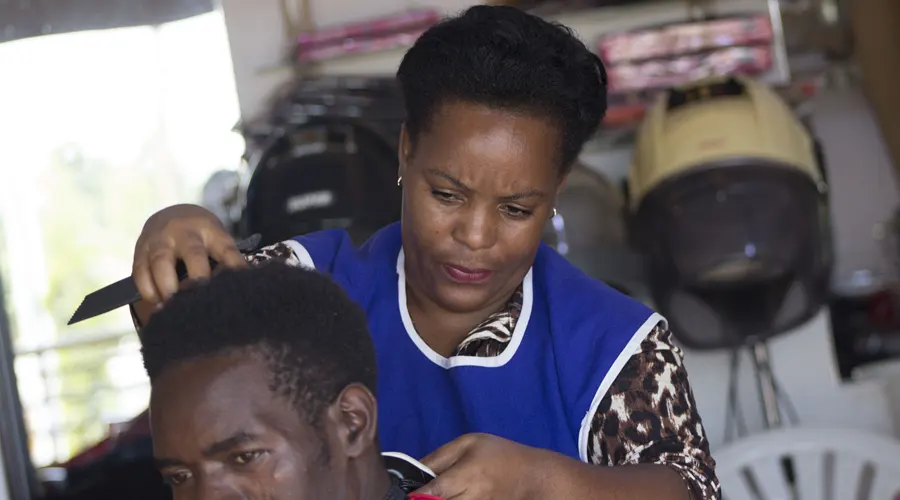Flour making is the process of producing flour from grains such as wheat, corn, rice, or oats. Here are some of the key steps involved in flour making:
- Cleaning and grading: The grains are first cleaned to remove any foreign materials such as stones or dirt. The grains are then graded to sort them by size and quality.
- Conditioning: Some grains, such as wheat, may be conditioned by adding moisture to soften the outer layer and make it easier to remove during the milling process.
- Milling: The grains are then milled to produce flour. This involves grinding the grains into a fine powder using a series of rollers and sieves.
- Sifting: The flour is then sifted to remove any remaining impurities and to create a uniform texture.
- Packaging: The flour is then packaged and labeled for sale.
Flour making requires specialized equipment such as grain cleaning and milling machinery, as well as knowledge of the different types of grains and their properties. The quality of the flour produced can vary depending on the type of grain used, the milling process, and other factors such as the temperature and humidity during production. Flour is a staple ingredient in many different types of food, including bread, pasta, and baked goods, making it an important component of the food industry.
Food Blending, on the other hand, refers to the process of combining different ingredients or components to create a new product or improve an existing one. This concept is particularly relevant in the food and beverage industry, where blending ingredients such as coffee beans, teas, spices, or fruits can result in unique and appealing flavor profiles.
DCG teaches people how to make flour of different kinds including fortified one that includes maize, corn, soy rice, soy millet, cassava, millet, etc



